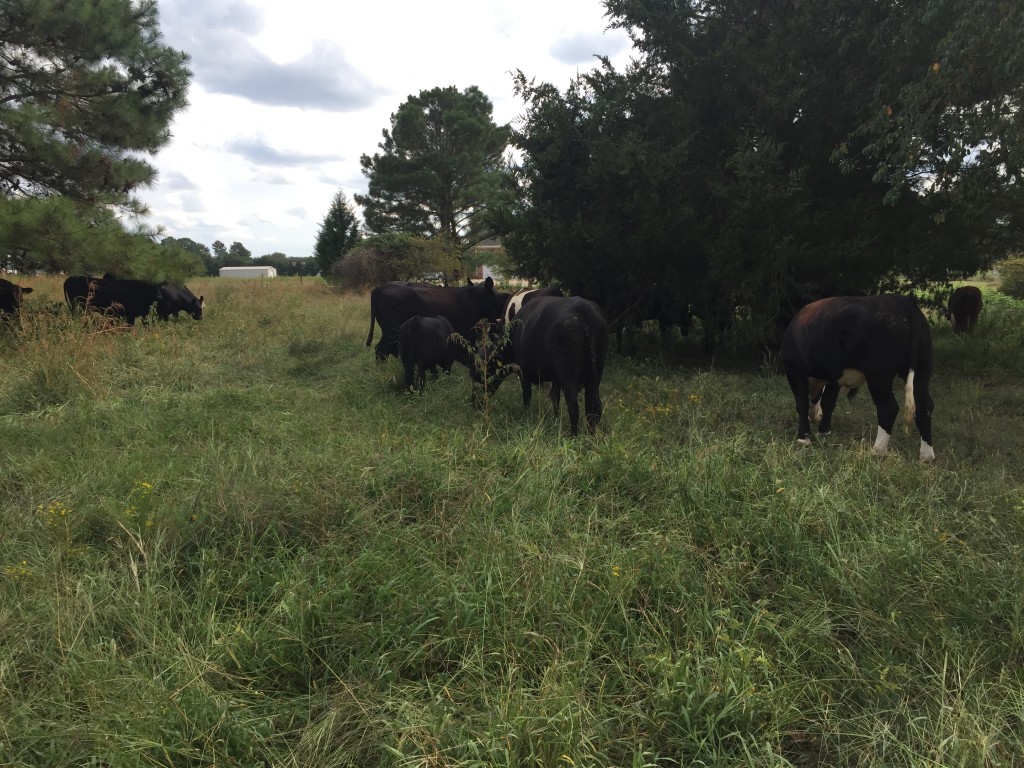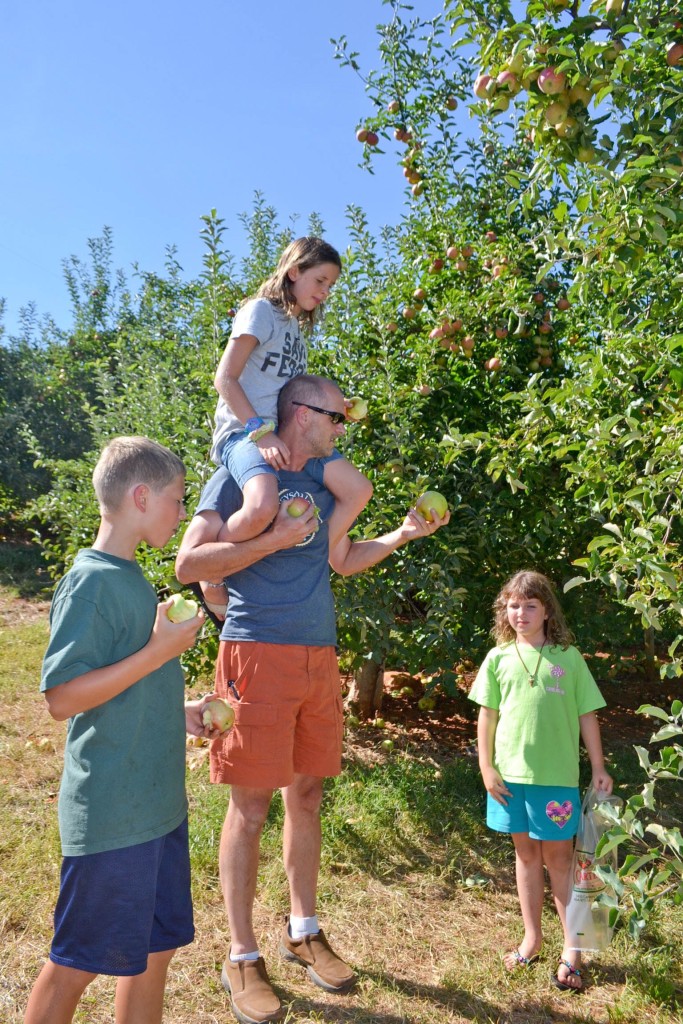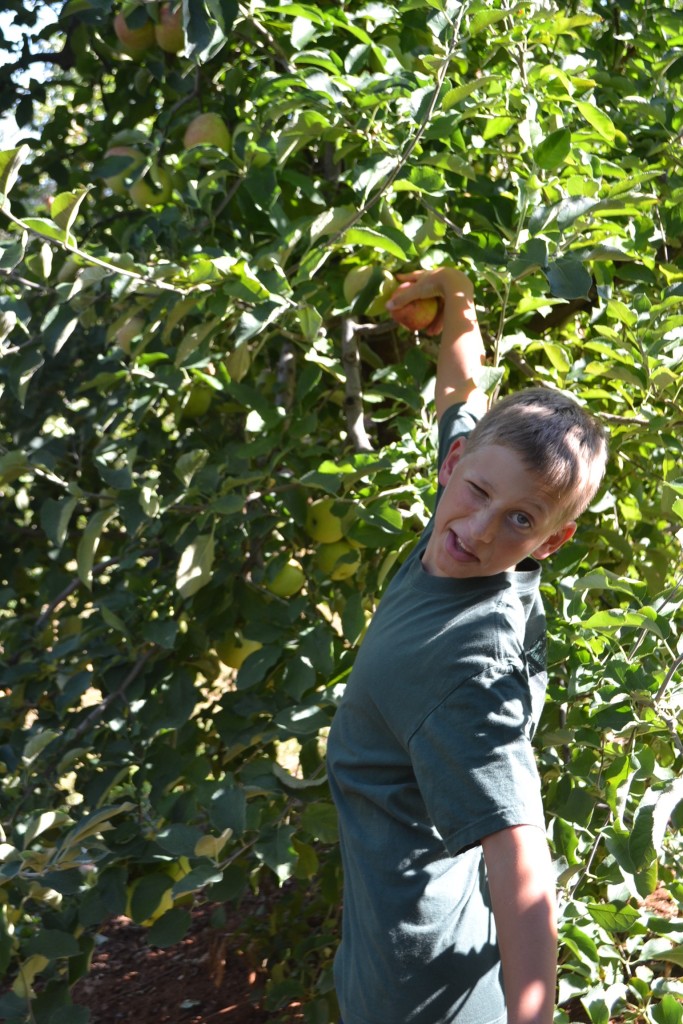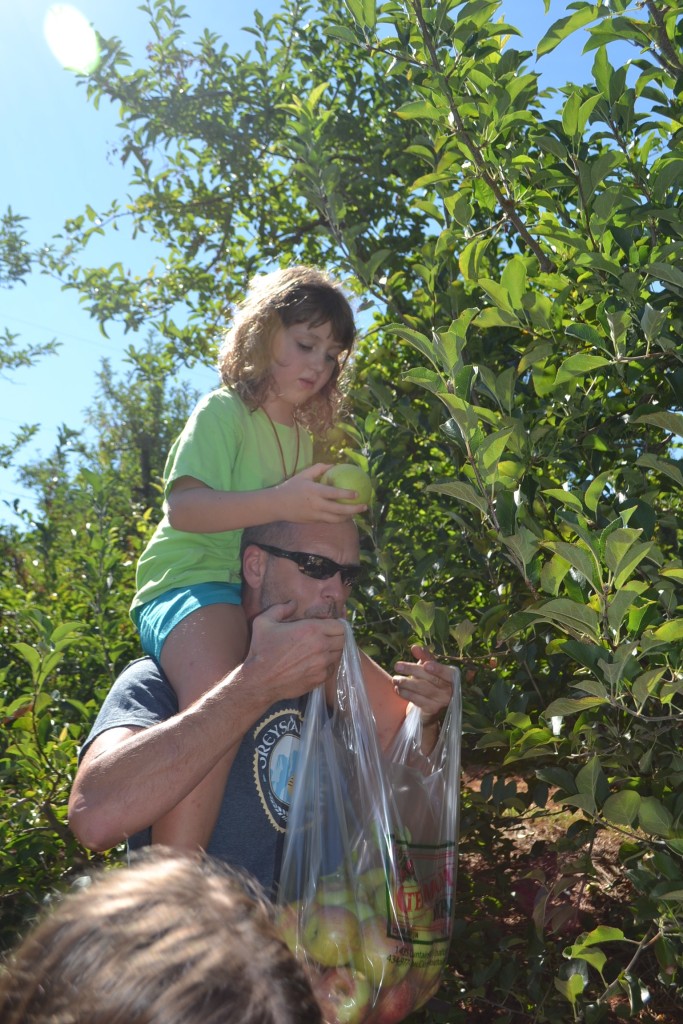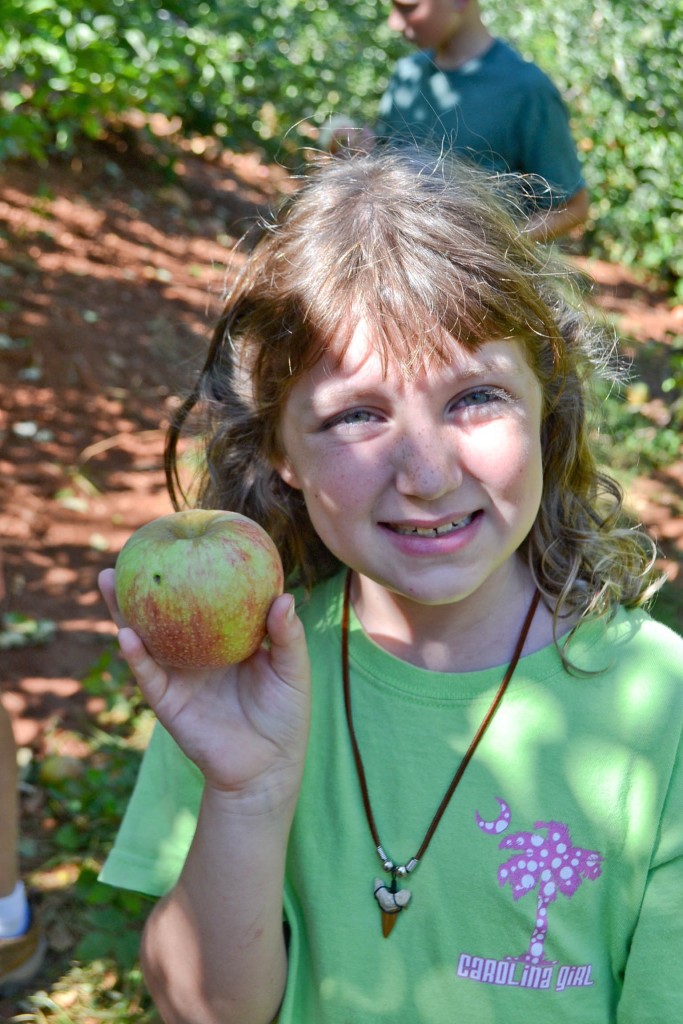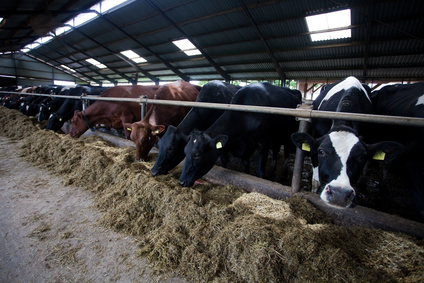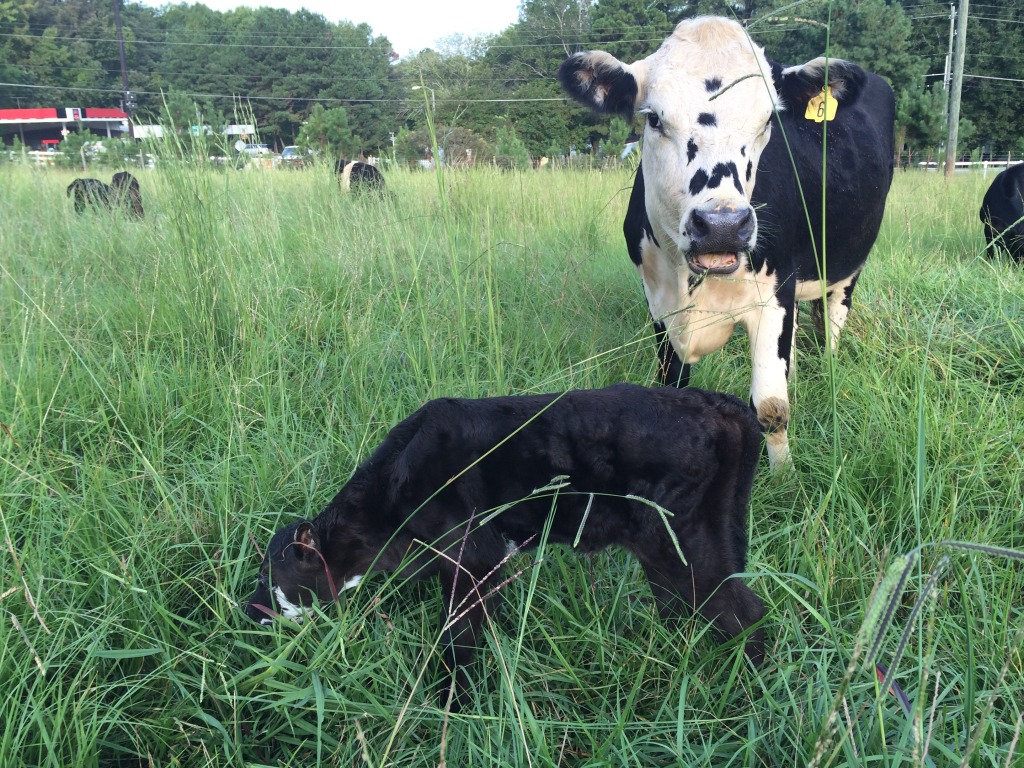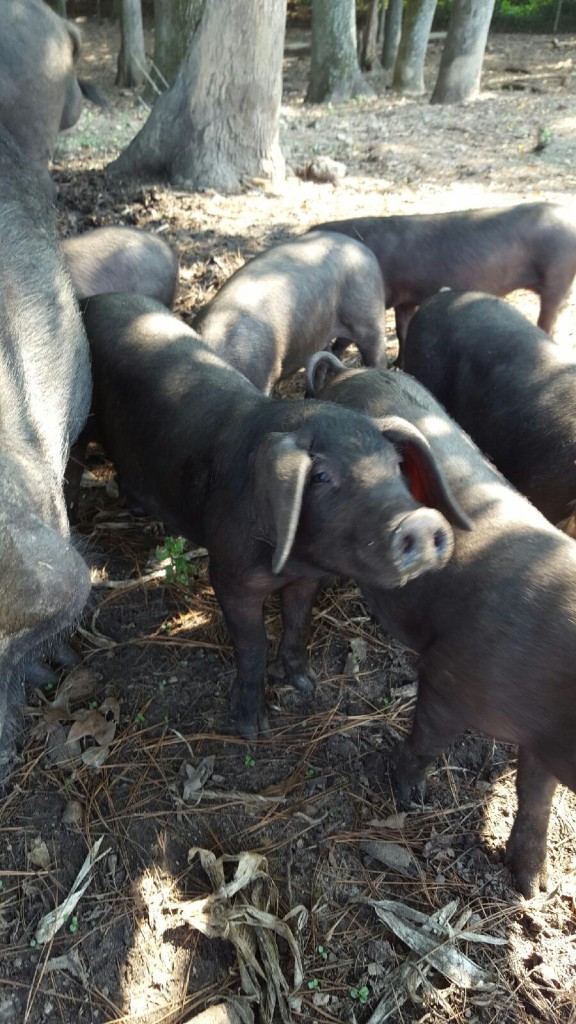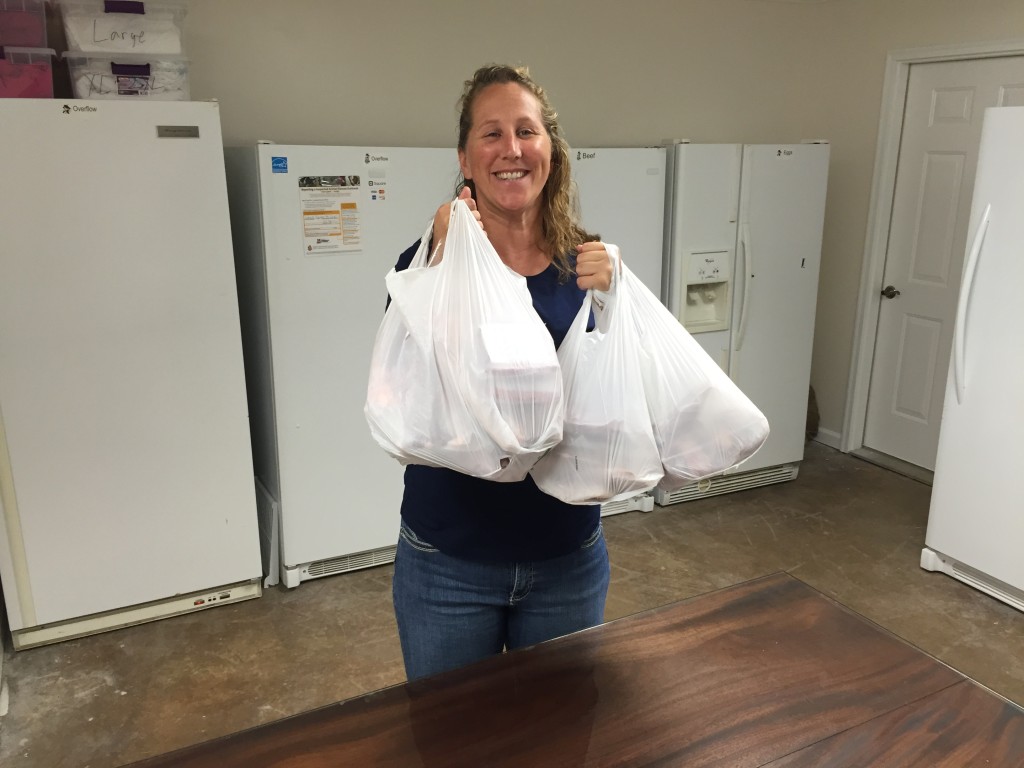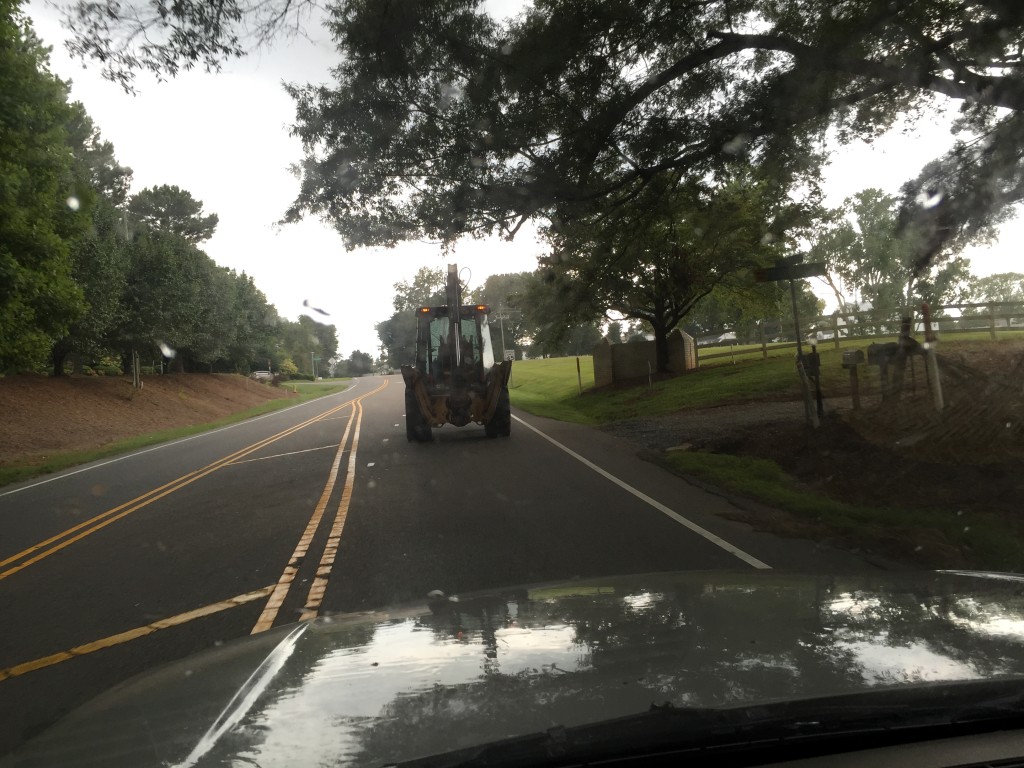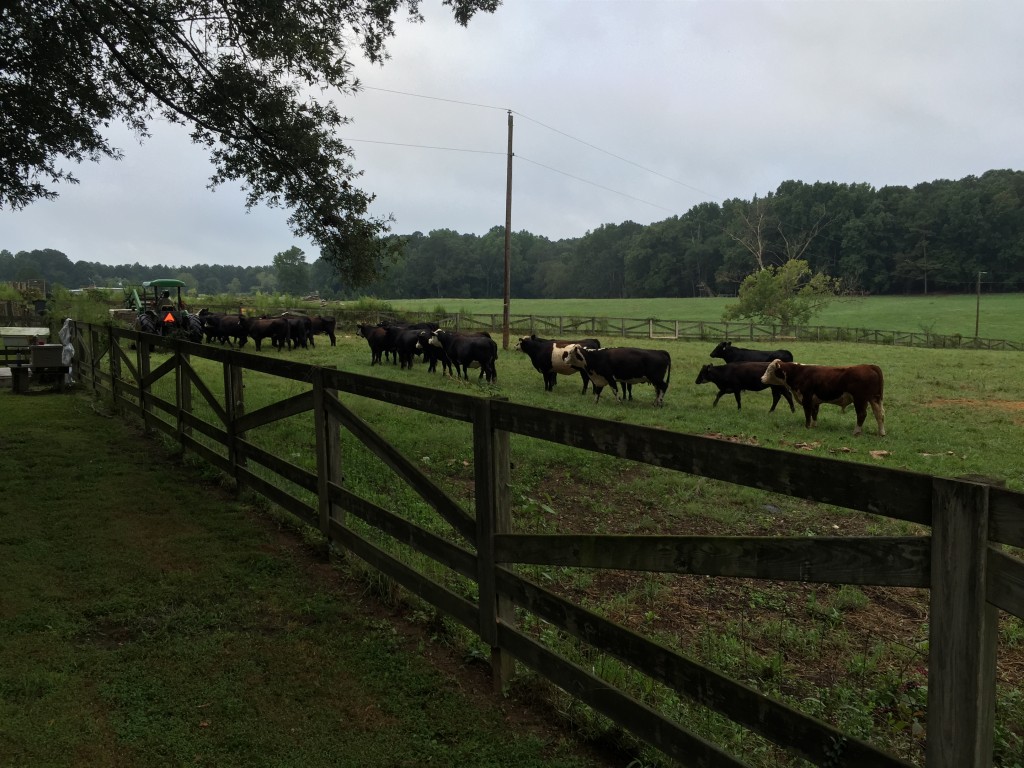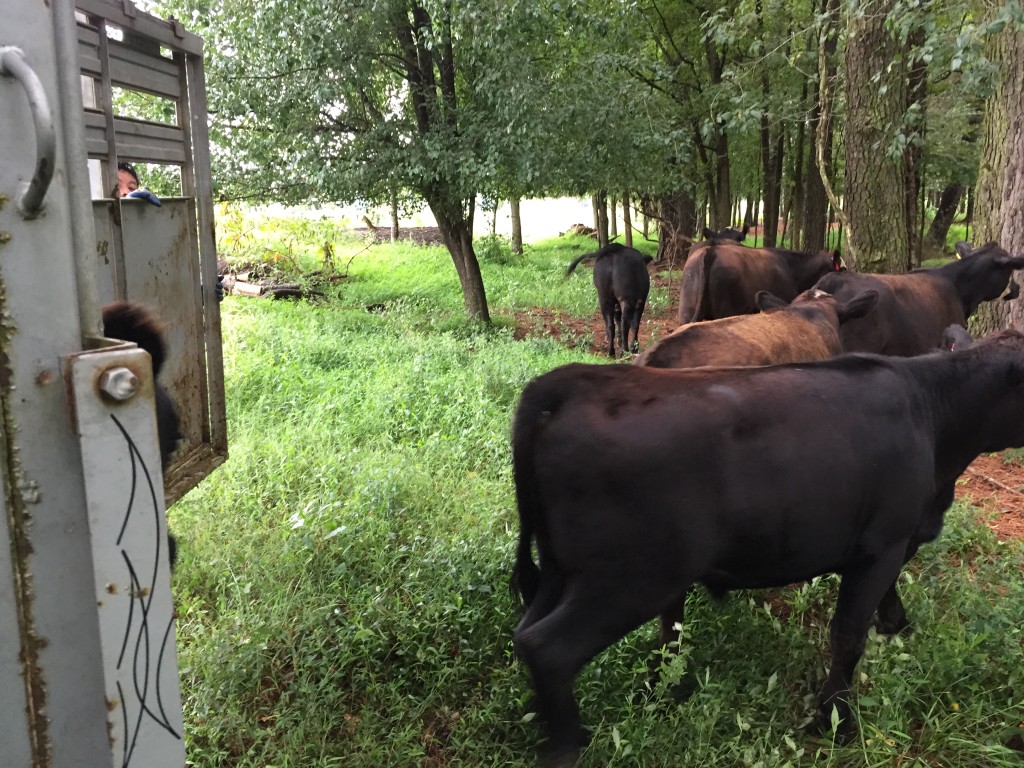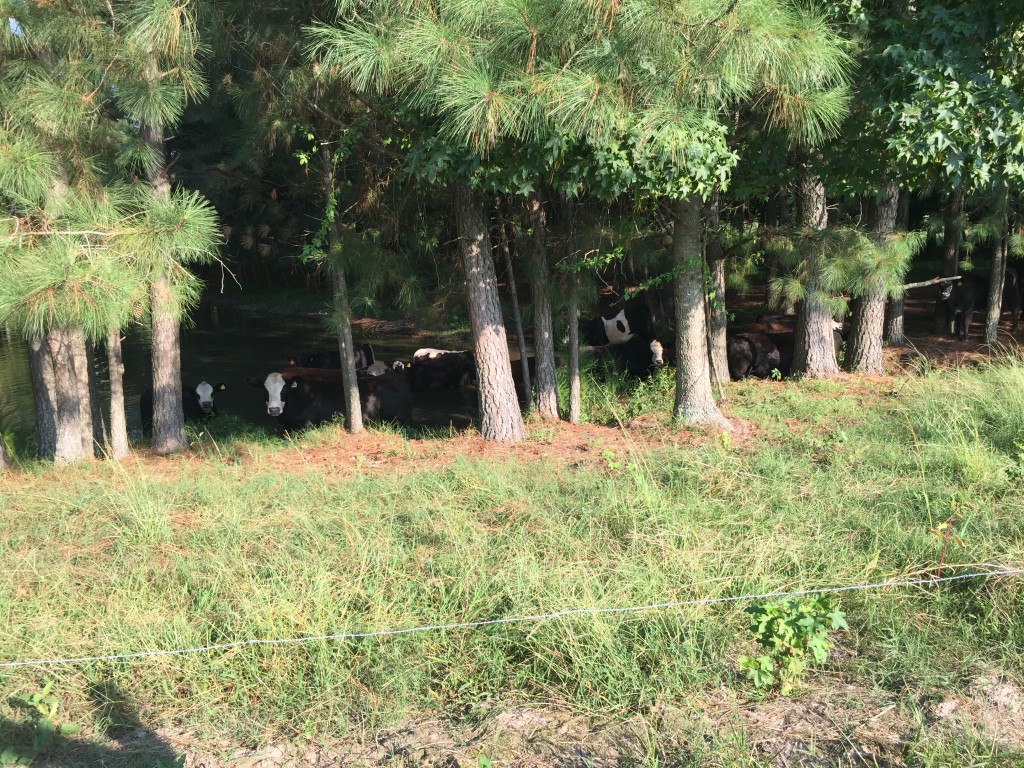Walter Jeffries at Sugar Mountain Farm is one of my mentors (although he doesn’t know me) when it comes to farming and blogging. He has a following that makes mine look like I’m a kid wearing dad’s clothes. Walter has a similar writing style and belief system to me in that he shares the belief that you show what is really happening on the farm, both the good and the bad. By doing that, your customer is educated on the reality of farming and therefore comfortable with you and your product.
Since Walter is much further down the path than I am, he often has done some of the work for me saving me the trouble. One of the things he’s recently posted is an entire page on buying roaster/BBQ pigs. When I get a call from a customer needed a pig for an event, it is a struggle both for the customer and for me to say how big of a pig you need for your BBQ. How many people? How many adults vs. children. Is pork the main protein or an addition? How does the process work? Can I have the pig the same day I call you for the first time (that one is easy, No.)
We will sell a BBQ pig infrequently so when the request comes in, we can’t just rattle off the answer to help the customer know all the details he/she should know. Thankfully, in Walter’s post he has taken the time to answer more than I could ever. If you are looking to have a BBQ, then give Walter’s page a look over, then give me a call and we’ll get you the pig you need ready to go over the coals.

